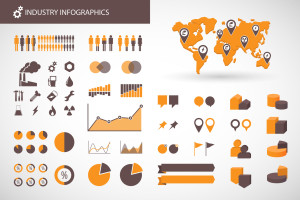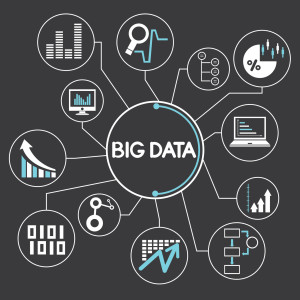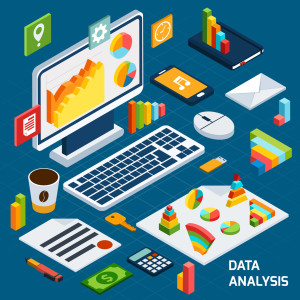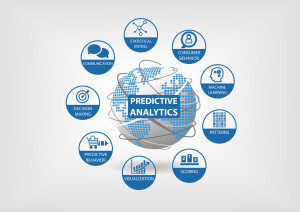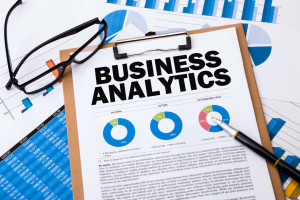If you’re currently in the market for a business intelligence solution, then it’s assumed that your organization is in the mind-state of growth. It’s likely that your business is growing at a pace that is getting difficult to handle or maybe the pace is consistent, but you have a thirst for a new way of managing your analytics and internal statistics.
Whatever your reason, business intelligence (BI) has the potential to revolutionize your company and the way your employees perform their duties.
While a business often shows interest in investing in business intelligence, they soon become hesitant once the conversation of cost comes up. And rightfully so — the decision makers of a company want to be able to maximize their revenue and only invest in long-term solutions if it’s absolutely necessary. We understand this.
 Most businesses should be concerned with their bottom line, but they should also be concerned with the future of company operations to ensure the growth of their company lasts longer than the present.
Most businesses should be concerned with their bottom line, but they should also be concerned with the future of company operations to ensure the growth of their company lasts longer than the present.
While the costs of implementing a full-fledged business intelligence solution varies greatly by provider, additions specific to your industry or company, licensing and more, we won’t be able to give you the exact dollar amount that you want to read. However, what we can tell you are the major components that will make up the cost that you’ll be billed for after you receive a quote from a vendor. And that’s what we’ll do below.
Software
This portion of your BI solution is the meat and bones of the overall BI concept. While the cost of the software has a wide range, this is the part where it’s all up to you to determine which capabilities you want, what kind of interface works best for your team and which vendor are you willing to partner with for the next couple of years. This portion of your overall BI investment is the first to be determined, but is not the majority of the cost of the entire BI package.
Installation & Implementation
In most cases, the vendor that provided the software will also have to install it into the workplace. And these prices can get costly. Often times, the installation is just the beginning as tasks like report building or configuration have to also be taught to the users of the new BI software. But prior to having the software installed, make sure to analyze it to make sure that it’s as user-friendly as you intend it to be and has an easy integration process.
 User Training
User Training
What good is a business intelligence solution if it’s difficult to navigate, right? It’s a necessary part of the process as you don’t want to invest in a new technology and have your team be reluctant or too nervous to make use of it. Before you invest in any solution, ask about how long it would reasonably take to train a staff of your size.
Administration
Who’s going to be the boss once the installers leave? With new software comes new responsibility and this is something that can either be assigned to your IT team or can be a totally new hire. The costly part of determining and training an administrator is the fact that training them will take them away from their already-established duties. Depending on your BI solution, you may want to hire a consultant to help you manage the software and its accompanying tools.
Upkeep & Maintenance
Just like your car, you have to keep the machine well oiled and running smoothly. Budgeting for this portion can be difficult to gauge as many unforeseen issues can arrive. Look into change management processing when researching your BI solution. This way, you’ll be able to see which applications or reports are being used the most and see the ones that aren’t adding value to your company operations.
While you will likely have to speak to a vendor to get hardcore numbers or projections, we hope this post will help you understand the major sections that will make up that quote.
Remember, business intelligence is an investment that will likely take a while to perfect. However, it should ultimately serve your organization with high-quality reporting and analysis so you can continue to achieve success and fluidity within your operations.



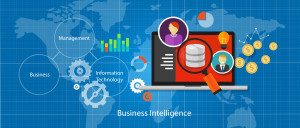
![Picture_1_-_Report_detail_band[1]](https://businessimpactinc.com/wp-content/uploads/2015/07/Picture_1_-_Report_detail_band1.jpg)
![Picture_2_-_Header_band_text_element[1]](https://businessimpactinc.com/wp-content/uploads/2015/07/Picture_2_-_Header_band_text_element1.jpg)
![Picture_5_-_YTD_definition[1]](https://businessimpactinc.com/wp-content/uploads/2015/07/Picture_5_-_YTD_definition1.jpg)
![Picture_6_-_YTD_dynamic_caption[1]](https://businessimpactinc.com/wp-content/uploads/2015/07/Picture_6_-_YTD_dynamic_caption1.jpg)
![Picture_7_-_YTD_visibility_agent[1]](https://businessimpactinc.com/wp-content/uploads/2015/07/Picture_7_-_YTD_visibility_agent1.jpg)
![Picture_8_-_Finished_product[1]](https://businessimpactinc.com/wp-content/uploads/2015/07/Picture_8_-_Finished_product1.jpg)


